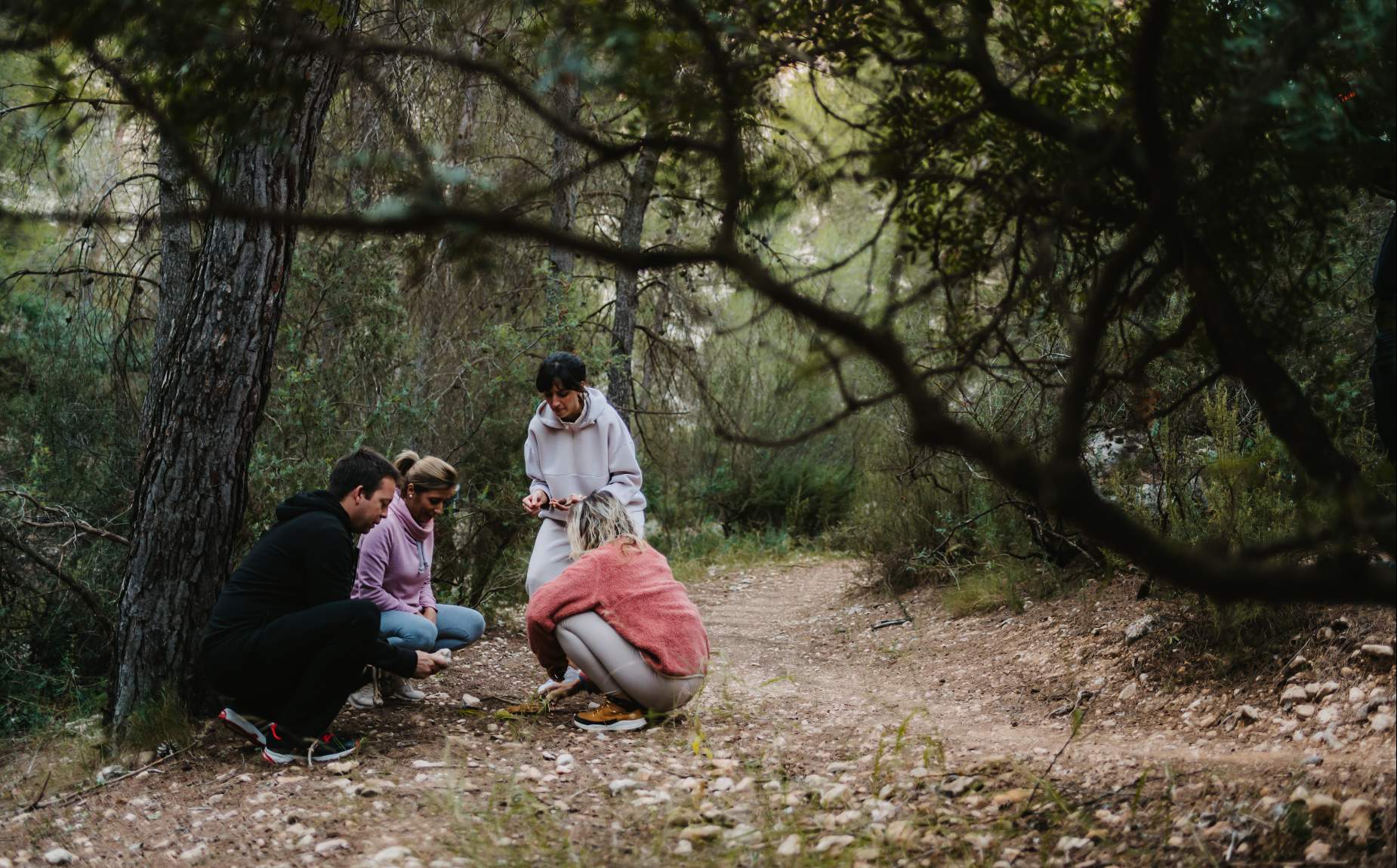Natural and Cultural Treasure of the Murcia Region
A shared legacy, a sustainable future
Where history intertwines with nature
It was the first mountain to be sighted by navigators approaching the Iberian Peninsula on their way to the Pillars of Hercules from the southern Mediterranean route. Tradition has it that this is the origin of its name, which was derived from the Spanish word for "Spain", a mountainous group of deep valleys and slopes that extend to the rivers Pliego, Mula and Guadalentín, in the center of the Region of Murcia.
In its shelter extends a territory that houses natural areas of great value and historical anthropic landscapes shaped by the different cultures and civilizations that have inhabited the Territory Sierra Espuña through millennia.
Sierra Espuña is the most emblematic Protected Natural Area in the Region of Murcia, concentrating a high and interesting representation of biodiversity and a great variety of landscapes ranging from extensive forest areas, the result of a large hydrological-forestry restoration carried out between the late nineteenth and early twentieth centuries, to the desert environments of the Protected Landscape of the Gebas Ravines.
The six towns that surround Sierra Espuña belong to two different geographical regions: the region of the Mula River (Mula and Pliego) and the region of Bajo Guadalentín (Aledo, Librilla, Alhama de Murcia and Totana).The link of each one of them with the Regional Park of Sierra Espuña is historical and is linked to the use that the inhabitants have made of the resources of the mountain range throughout the centuries, but also, especially, to the bonds created between the population and the protected natural space as a result of the hydrological-forestal restoration initiated at the end of the XIX century.At that time, this natural space that today gives its name to the territory, was in a sensitive ecological state. It had suffered an almost total loss of its arboreal mass and presented serious desertification processes. In 1889, the forestry engineer Ricardo Codorníu began an enormous task of reforestation that became a model for its time.
Shortly after the conclusion of these exemplary reforestation works, considered at international level, came the recognition of its natural values. In 1917 it was included in the National Catalogue of Natural Spaces, in 1931 it was declared a Natural Site of National Interest, in 1978 a Natural Park and in 1992 a Regional Park, followed later by the declaration of the neighboring Barrancos de Gebas, located on its eastern slopes, as a Protected Landscape in 1995.the local population actively participated in these tasks, developing a unique bond with the espacionatural that, parallel to this recognition by the administrations, was increasing. Sierra Espuña, by its marked identity, has imposed itself today as the nexus of union of these six municipalities that, through this natural belt that forms the Regional Park of Sierra Espuña and the Protected Landscape of the Barrancos de Gebas, are united and converge in a common, coherent and increasingly cohesive project: The Territory Sierra Espuña.





